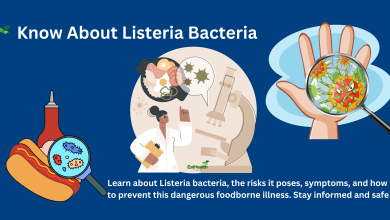Bone Health Unveiled: The Connection Between Musculoskeletal Anatomy and Physiology
Unearthing the Connection: Musculoskeletal Anatomy, Physiology, and Bone Health

Our bones, the structural framework of our bodies, play a pivotal role in our overall well-being. To understand the significance of bone health and the prevention of conditions like osteoporosis, it’s essential to delve into the intricate relationship between musculoskeletal anatomy, physiology, and the resilience of our bones. In this blog, we embark on a journey to explore how our knowledge of musculoskeletal anatomy and physiology is directly linked to bone health.
The Musculoskeletal System: A Multifaceted Marvel
-
Anatomy of Bones:
- Delve into the anatomy of bones, explaining their composition, structure, and classification.
-
Muscle and Bone Interplay:
- Explore how muscles and bones work together to support movement, posture, and overall stability.
The Physiology of Bone Health
-
Bone Formation and Remodeling:
- Explain the dynamic process of bone formation and continuous remodeling, highlighting the roles of osteoblasts and osteoclasts.
-
Calcium and Vitamin D:
- Discuss the critical role of calcium and vitamin D in maintaining bone density and strength.
Understanding Osteoporosis
-
Osteoporosis Explained:
- Define osteoporosis, its risk factors, and the progressive loss of bone density associated with this condition.
-
The Silent Threat:
- Highlight the often asymptomatic nature of osteoporosis and its potential to lead to fractures and reduced quality of life.
Musculoskeletal Fitness for Bone Health
-
Weight-Bearing Exercises:
- Promote the importance of weight-bearing exercises like walking, dancing, and resistance training in preserving bone density.
-
Dietary Strategies:
- Share dietary recommendations for bone health, emphasizing calcium-rich foods and vitamin D sources.
Prevention and Management
-
Lifestyle Choices:
- Offer practical tips on lifestyle choices that can support bone health, including smoking cessation and alcohol moderation.
-
Early Detection:
- Encourage regular bone density screenings, especially for individuals at higher risk of osteoporosis.
Conclusion
Musculoskeletal anatomy and physiology are inextricably linked to bone health and the prevention of conditions like osteoporosis. Armed with knowledge about how our bones function and the factors that influence their strength, we can take proactive steps to preserve our bone health throughout our lives. By embracing a lifestyle that includes weight-bearing exercises, a bone-healthy diet, and regular check-ups, we can fortify our musculoskeletal system and enjoy a life of strength, stability, and vitality.




